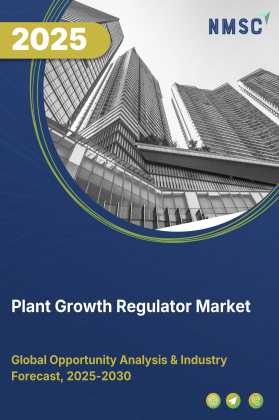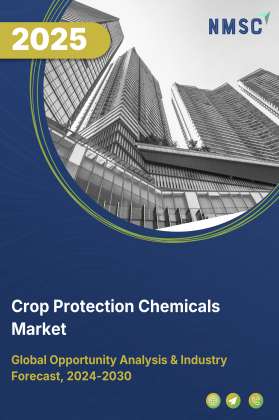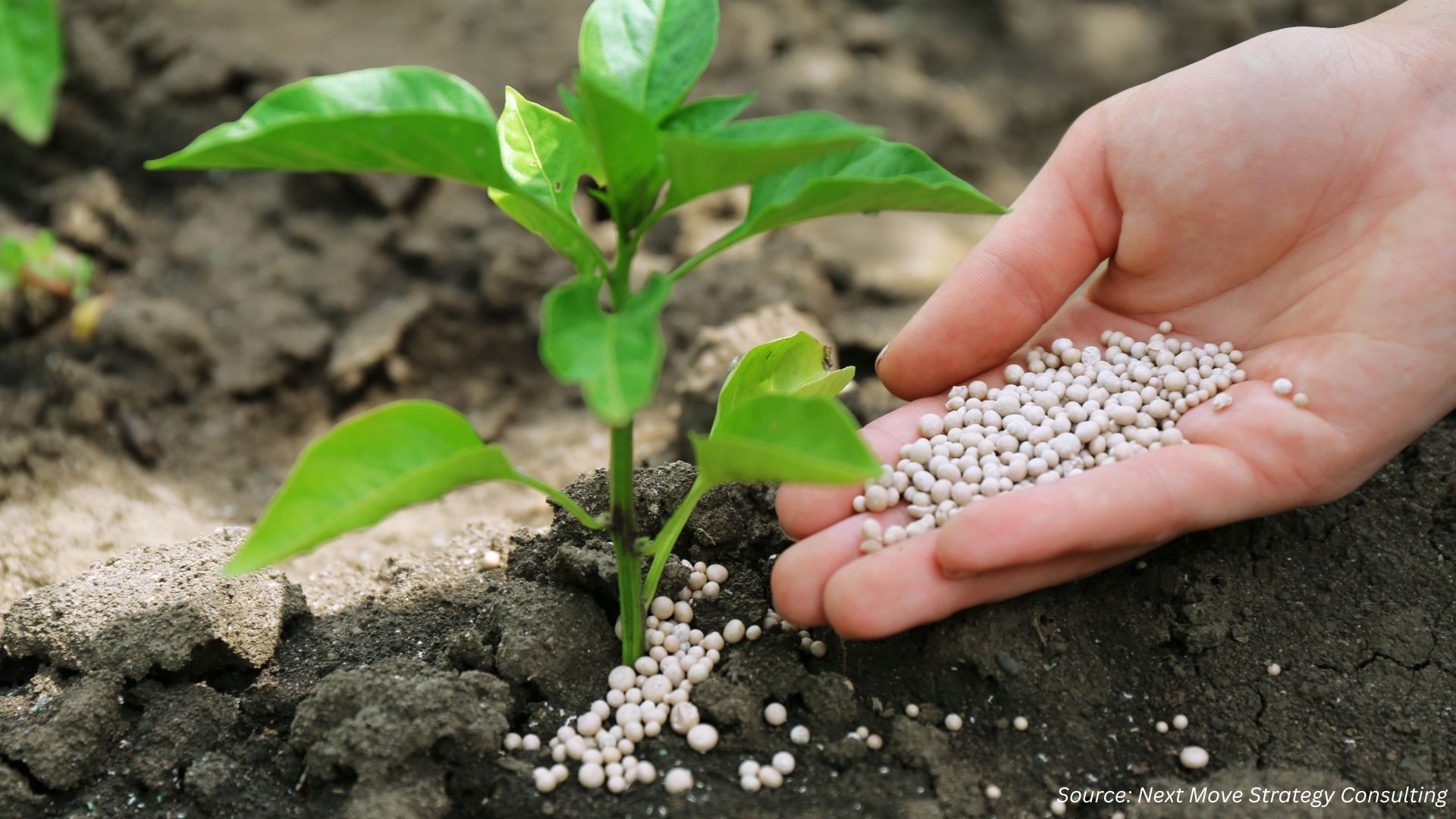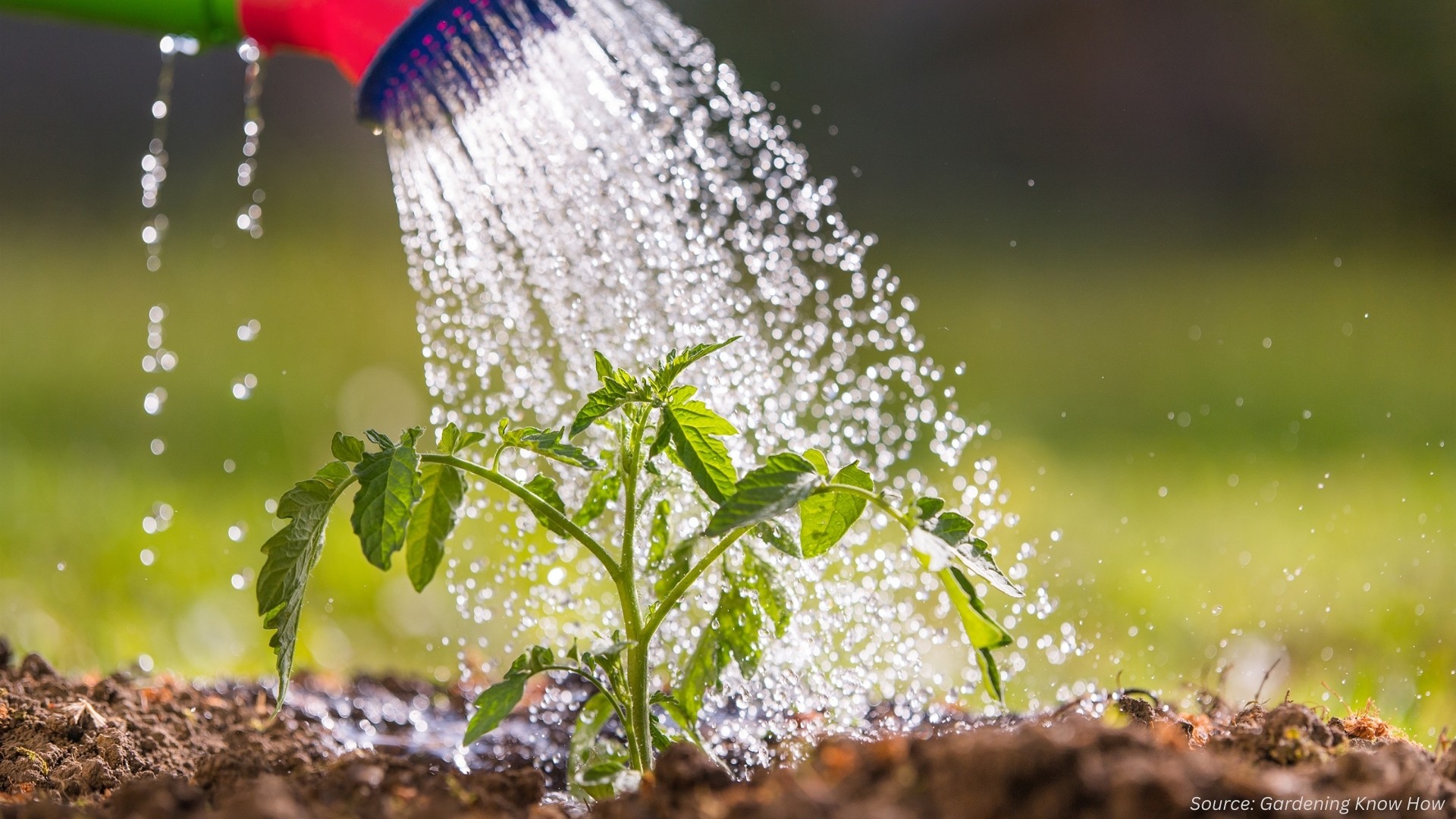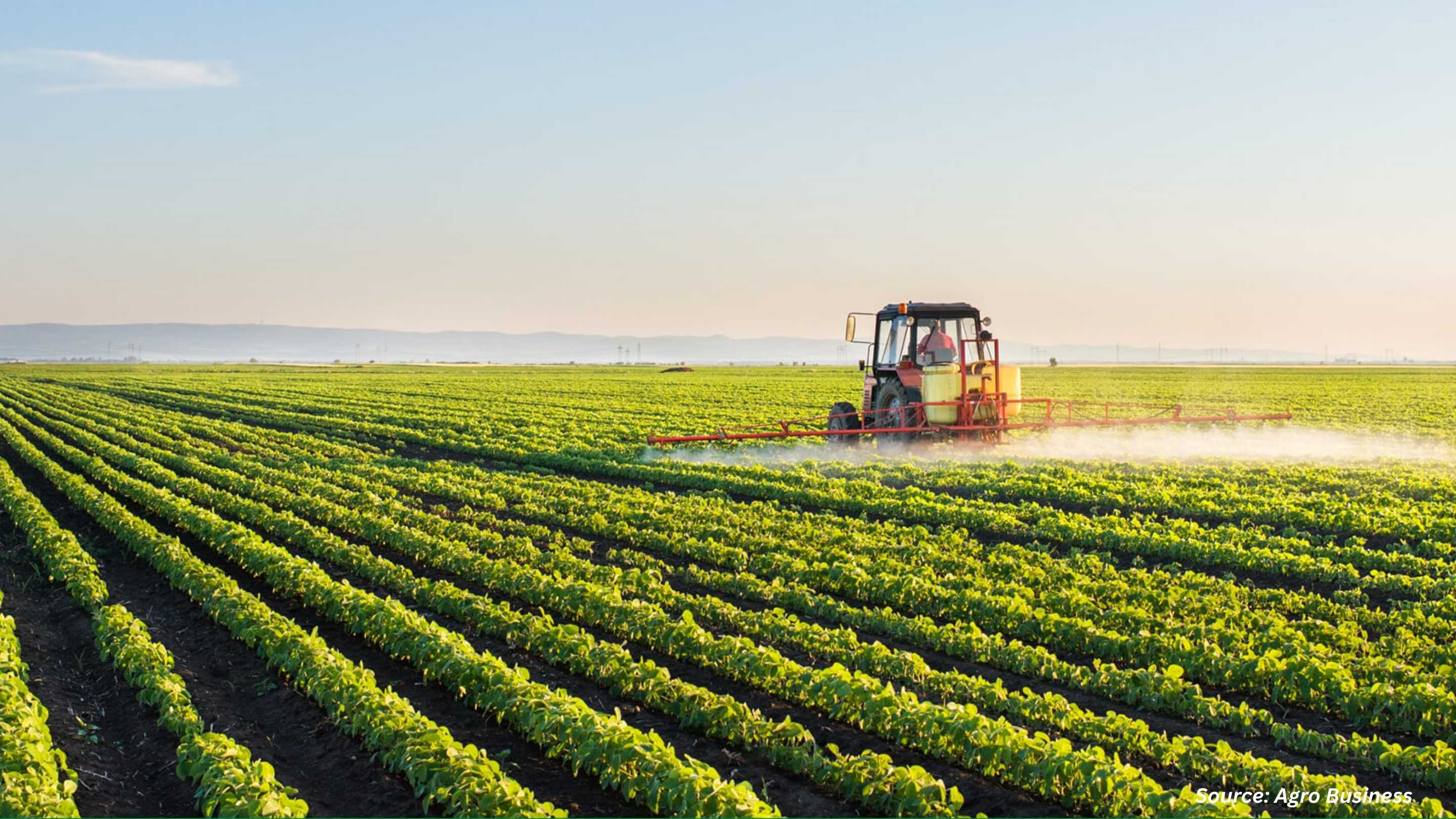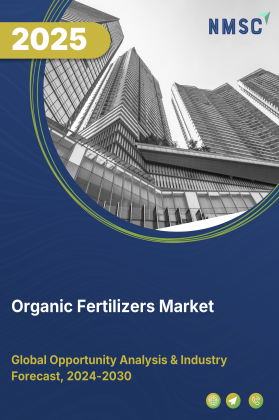
Organic Fertilizers Market by Material Type (Animal-based, Plant-based, Green Manure, Meal-based Fertilizers, Oil-cakes, Microorganism-based, and Others), by Crop Type (Cereals & Grains, Oilseed & Pulses, Fruits & Vegetables, and Others), by Formulation (Dry and Liquid), and by End User (Commercial Agriculture, Retail, and Others) – Global Opportunity Analysis and Industry Forecast, 2025–2030
Industry Outlook
The global Organic Fertilizers Market size was valued at USD 13.56 billion in 2024, with an estimation of USD 14.55 billion in 2025 and is predicted to reach USD 20.69 billion by 2030 with a CAGR of 7.3% from 2025-2030. The industry is growing rapidly, driven by rising demand for organic food, increasing emphasis on soil health, and heightened environmental awareness.
Health-conscious consumers are fueling demand for chemical-free produce, prompting farmers to adopt organic cultivation practices that rely on compost, manure, and bio-fertilizers. At the same time, policymakers and growers are prioritizing regenerative agriculture, where organic fertilizers play a vital role in restoring soil fertility, enhancing microbial activity, and promoting long-term sustainability.
With growing concerns over soil degradation, water pollution, and greenhouse gas emissions from synthetic fertilizers, organic alternatives are gaining traction as eco-friendly solutions. Supported by expanding organic food supply chains, government sustainability initiatives, and consumer preference for safer food systems, the market is poised for strong long-term growth.
Growing Demand for Organic Food & Health-Conscious Consumers Drive the Market Growth
The growing demand for organic food, driven by health-conscious consumers seeking chemical free and sustainable produce, is a major driver of the organic fertilizers market growth. As awareness about the harmful effects of synthetic agrochemicals increases, farmers are shifting toward organic cultivation practices that rely heavily on natural nutrient sources such as compost, manure, and bio-fertilizers.
The premium pricing and profitability of organic crops, along with the expansion of organic food supply chains, further reinforce the need for organic fertilizers, making them essential in meeting rising global demand for safe and eco-friendly food.
Emphasis on Soil Health & Regenerative Practices Fuel Market Expansion
Emphasis on soil health and regenerative agricultural practices is a key driver of the organic fertilizers market demand. Farmers and policymakers are increasingly recognizing the long-term importance of maintaining soil fertility, structure, and biodiversity, which synthetic fertilizers degrade over time.
Organic fertilizers, enriched with natural nutrients and beneficial microorganisms, help improve soil organic matter, enhance nutrient retention, and support microbial activity, thereby restoring soil vitality. With regenerative agriculture gaining momentum as a sustainable farming model, the use of organic fertilizers is expanding as they align with global efforts to promote healthier soils, resilient ecosystems, and long-term agricultural productivity.
Rising Environmental Awareness & Sustainability Demands Boost the Market Demand
Rising environmental awareness and the growing demand for sustainability are significant drivers of the organic fertilizers market expansion. Increasing concerns over soil degradation, water pollution, and greenhouse gas emissions caused by chemical fertilizers are prompting a shift toward eco-friendly alternatives.
Organic fertilizers, being biodegradable and derived from natural sources, not only reduce the environmental footprint of farming but also promote sustainable agricultural practices by enhancing soil health and conserving biodiversity. As governments, institutions, and consumers place greater emphasis on sustainable food systems, the adoption of organic fertilizers is accelerating to meet both ecological goals and market expectations.
Lower Nutrient Content and Slower Release Rate Limits the Market Growth
One of the key restraints in the organic fertilizers market is the lower nutrient content and slower release rate compared to synthetic fertilizers. While chemical fertilizers provide immediate nutrient availability, organic fertilizers release nutrients gradually, which not meet the urgent crop requirements for rapid growth and high yields. This leads farmers to perceive organic options as less efficient, especially in large-scale commercial farming where productivity and consistency are critical.
Additionally, variability in nutrient composition due to differences in raw material sources further limits reliability, creating hesitation among farmers accustomed to the predictable performance of synthetic fertilizers.
Technological Innovations in Bio-Based Fertilizers Creates New Growth Opportunities
A key opportunity for the market is the advancement of technology in developing bio-based and specialized organic fertilizers. Innovations such as microbial inoculants, nano-fertilizers, and customized nutrient blends are addressing traditional challenges like inconsistent nutrient availability and lower efficiency.
These improvements make organic fertilizers more competitive with synthetic options, offering farmers better crop yields while maintaining sustainability. The integration of precision agriculture and smart farming techniques further enhances the application efficiency of organic fertilizers, opening new avenues for market growth.
Market Segmentation and Scope of Study
The organic fertilizers market report is divided on the basis of material type, crop type, formulation, end user, and region. On the basis of material type, the market is grouped into animal-based fertilizers, plant-based fertilizers, green manure, meal-based fertilizers, oil-cakes, microorganism-based fertilizers, and others. On the basis of crop type, the market is divided into cereals & grains, oilseeds & pulses, fruits & vegetables, and others. On the basis of formulation, the market is categorized into dry fertilizers and liquid fertilizers. On the basis of end user, the market is grouped into commercial agriculture, retail, and others. Regional breakdown and analysis of each of the aforesaid segments includes regions comprising of Asia-Pacific, North America, Europe, and RoW.
Geographical Analysis
In North America, a major driver of the organic fertilizers market share is the strong and growing consumer demand for organic food products. The region has one of the largest organic food markets globally, fuelled by rising health consciousness, awareness of chemical residues in food, and preference for sustainably produced products.
This consumer trend has encouraged farmers across the United States and Canada to expand organic cultivation, which in turn drives the demand for organic fertilizers as a core input for maintaining soil fertility and meeting certification standards in organic farming.
In Europe, a key driver of the organic fertilizers market is the strong regulatory and policy support for sustainable agriculture. The European Union’s Common Agricultural Policy (CAP) and initiatives such as the “Farm to Fork Strategy” actively promote organic farming, reduced chemical fertilizer use, and improved soil health. With governments offering subsidies, incentives, and strict environmental standards, farmers are increasingly adopting organic cultivation methods, thereby boosting the demand for organic fertilizers across the region.
In Asia Pacific, a major driver of the organic fertilizers industry is the growing government support for organic farming through subsidies, awareness programs, and certification schemes. Countries like India, China, and Japan are promoting eco-friendly agricultural practices to address soil degradation and reduce dependence on chemical inputs. Coupled with a rising middle-class population demanding safe and chemical-free food, these initiatives are accelerating the adoption of organic fertilizers in the region.
An important driver of the organic fertilizers market in the Rest of the World (RoW) regions is the increasing investment and infrastructure development dedicated to organic fertilizer production. Governments and private companies are setting up composting units, biogas plants, and waste-to-fertilizer projects to ensure a steady supply of organic inputs.
Programs such as India’s GOBARdhan scheme and similar initiatives in other parts of the Rest of World are turning agricultural and urban waste into value-added fertilizers. These efforts not only improve availability and affordability for farmers but also promote circular economy models, further accelerating market growth.
Strategic Innovations Adopted by Key Players
Key players in the organic fertilizer industry are accelerating global expansion through upscale brand launches, service diversification, and strategic partnerships.
-
In October 2024, Scotts Miracle-Gro Company has launched its Miracle-Gro Organics product line, introducing Organic Raised Bed & Garden Soil and Organic All-Natural Mulch. The launch aligns with the increasing consumer shift toward sustainable gardening and organic fertilizers, particularly among millennials, with over 76% showing strong interest in organic gardening. This move strengthens Scotts Miracle-Gro’s position in the market, offering eco-friendly solutions that enhance soil health and promote sustainable crop growth.
-
In May 2024, Darling Ingredients Inc., a global leader in sustainable ingredients and organic fertilizers, has completed the acquisition of Poland-based Miropasz Group for USD 118.1 million. This strategic move strengthens Darling’s foothold in Europe and enhances its organic fertilizer offerings derived from animal by-products and food waste. The acquisition is expected to expand production capacity, improve supply chain efficiency, and support the growing demand for sustainable agriculture solutions across the region.
Key Benefits
-
The report provides quantitative analysis and estimations of the market from 2025 to 2030, that assists in identifying the prevailing industry opportunities.
-
The study comprises a deep-dive analysis of the current and future organic fertilizers market trends to depict prevalent investment pockets in the sector.
-
Information related to key drivers, restraints, and opportunities and their impact on the market is provided in the report.
-
Competitive analysis of the players, along with their market share is provided in the report.
-
SWOT analysis and Porters Five Forces model is elaborated in the study.
-
Value chain analysis in the market study provides a clear picture of roles of stakeholders
Organic Fertilizers Market Key Segments
By Material Type
-
Animal-based
-
Plant-based
-
Green Manure
-
Meal-based fertilizers
-
Oil-cakes
-
Microorganism-based
-
Others
By Crop Type
-
Cereals & Grains
-
Oilseed & Pulses
-
Fruits & Vegetables
-
Others
By Formulation
-
Dry
-
Granules
-
Powders
-
Pellets
-
-
Liquid
By End User
-
Commercial Agriculture
-
Retail
-
Others
By Region
-
North America
-
The U.S
-
Canada
-
Mexico
-
-
Europe
-
The UK
-
Germany
-
France
-
Italy
-
Spain
-
Denmark
-
Netherlands
-
Finland
-
Sweden
-
Norway
-
Russia
-
Rest of Europe
-
-
Asia-Pacific
-
China
-
Japan
-
India
-
South Korea
-
Australia
-
Indonesia
-
Singapore
-
Taiwan
-
Thailand
-
Rest of Asia-Pacific
-
-
Rest of the World
-
Latin America
-
Middle East
-
Africa
-
Key Players
-
Darling Ingredients Inc.
-
Scotts Miracle-Gro Company
-
Coromandel International Limited
-
Fertikal N.V.
-
California Organic Fertilizers, Inc.
-
Sustane Natural Fertilizer, Inc.
-
Biolchim S.p.A.
-
BioAg
-
Sikko Industries Ltd.
-
KRIBHCO
-
ILSA S.p.A
-
T Stanes & Company Limited
-
Madras Fertilizers Limited
-
Gujarat State Fertilizers & Chemicals Ltd
Report Scope and Segmentation
|
Parameters |
Details |
|
Market Size in 2025 |
USD 14.55 Billion |
|
Revenue Forecast in 2030 |
USD 20.69 Billion |
|
Growth Rate |
CAGR of 7.3% from 2025 to 2030 |
|
Analysis Period |
2024–2030 |
|
Base Year Considered |
2024 |
|
Forecast Period |
2025–2030 |
|
Market Size Estimation |
Billion (USD) |
|
Growth Factors |
|
|
Countries Covered |
28 |
|
Companies Profiled |
15 |
|
Market Share |
Available for 10 companies |
|
Customization Scope |
Free customization (equivalent to up to 80 working hours of analysts) after purchase. Addition or alteration to country, regional, and segment scope. |
|
Pricing and Purchase Options |
Avail customized purchase options to meet your exact research needs. |

















 Speak to Our Analyst
Speak to Our Analyst



